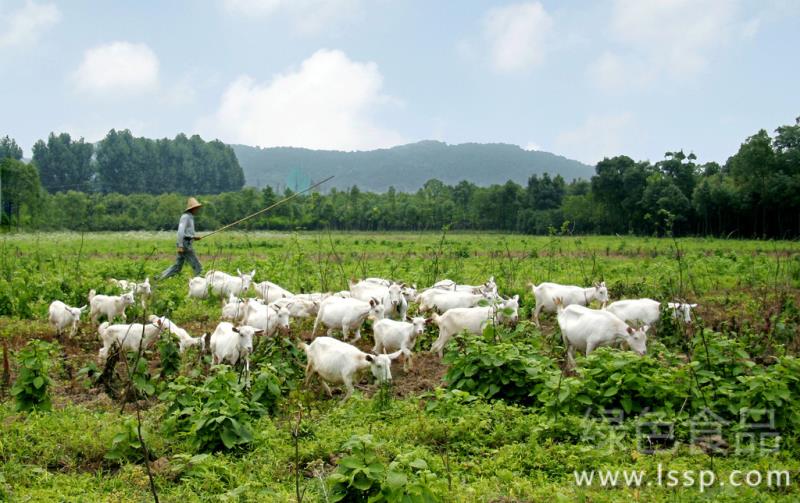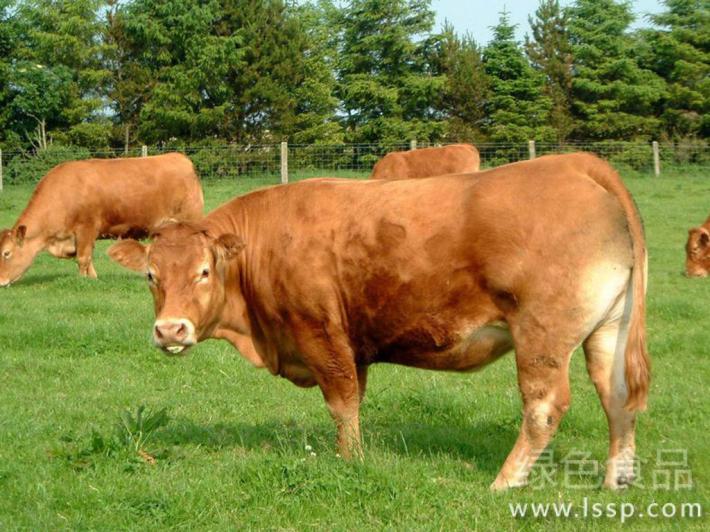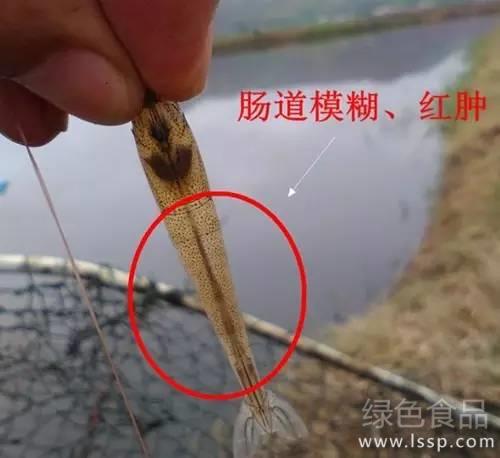Sheep epidemic is contagious and Mortality: how to prevent Sheep Disease by raising Sheep on a large scale
Disinfect regularly. Disinfect the sheep house regularly with disinfectant to kill bacteria and viruses, reduce parasites and prevent diseases. A relevant system should be established for regular disinfection. First of all, a disinfection pool is set up at the door of the sheep house to keep the effectiveness of the disinfectant; secondly, under normal circumstances, it is sterilized once a week, and when an epidemic occurs, it is disinfected three times a week; disinfectants can be used with quicklime, caustic soda, organochlorine preparations, complex iodine, quaternary ammonium salts, etc. Specific procedures: remove all kinds of dirt from the sheep farm, rinse the farm clean, and then spray disinfectant.

Sheep flock
Second, deworming and invigorating the stomach. Parasitic diseases harm the sheep industry, including mites, tapeworms, gastrointestinal nematodes, Fasciola hepatica and so on. Deworming is performed regularly, quarterly, preferably with albendazole and ivermectin at the same time. Specific usage: 15 mg of albendazole per kg of body weight, while 0.1% ivermectin injection 0.2 ml per kg of body weight.
Third, quarantine monitoring. Large-scale sheep farms, especially sheep breeding farms, need regular quarantine surveillance for tuberculosis and brucellosis, at least once a year. Finding positive sheep and culling them in time can not only ensure the health of sheep, but also ensure the safety of sheep products.
Fourth, vaccination. The planned vaccination of sheep with epidemic vaccine can improve the resistance of sheep to the corresponding epidemic disease and prevent the occurrence of the disease. Do a good job of vaccination against sheep pox, Clostridium welchii and sheep foot-and-mouth disease, and carry out supplementary prevention in time. Specific procedures: goat pox vaccine for all days, diluted with normal saline, 0.5 ml intradermal injection of each sheep tail root, 0.5-1 ml intramuscular injection of sheep "O" foot-and-mouth disease vaccine at the age of 4-24 months, 2 ml intramuscular injection over 24 months old, once a year in spring and autumn, and sheep Weiba combined vaccine for more than 2 months old, each intramuscular injection of 3 ml.
- Prev

Short-term fattening method for beef cattle with 50-day net weight gain of 400 jin
Short-term fattening method for beef cattle with 50-day net weight gain of 400 jin
- Next

Prawn enteritis causes slow growth How to prevent prawn enteritis
Prawn enteritis causes slow growth How to prevent prawn enteritis
Related
- On the eggshell is a badge full of pride. British Poultry Egg Market and Consumer observation
- British study: 72% of Britons are willing to buy native eggs raised by insects
- Guidelines for friendly egg production revised the increase of space in chicken sheds can not be forced to change feathers and lay eggs.
- Risk of delay in customs clearance Australia suspends lobster exports to China
- Pig semen-the Vector of virus Transmission (4)
- Pig semen-the Vector of virus Transmission (3)
- Five common causes of difficult control of classical swine fever in clinic and their countermeasures
- Foot-and-mouth disease is the most effective way to prevent it!
- PED is the number one killer of piglets and has to be guarded against in autumn and winter.
- What is "yellow fat pig"? Have you ever heard the pig collector talk about "yellow fat pig"?

